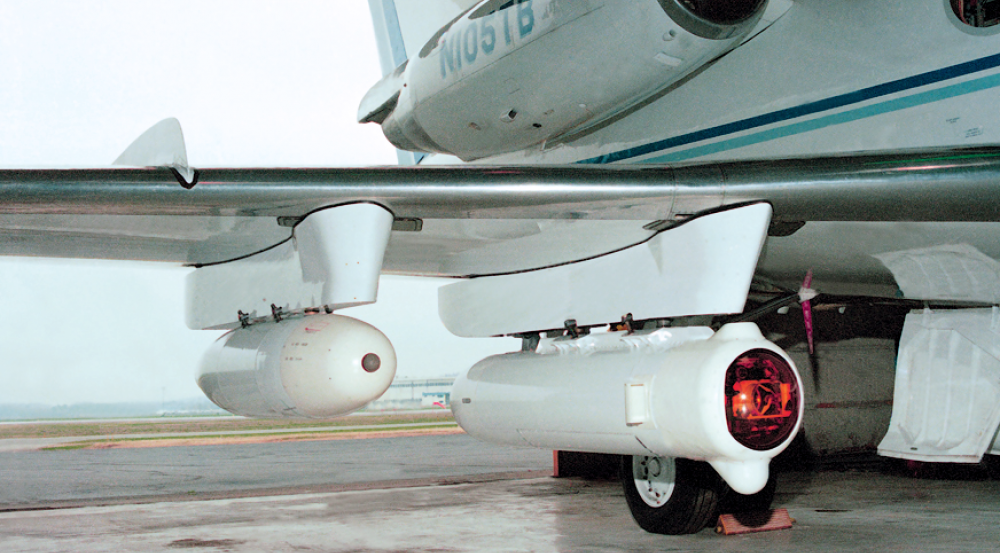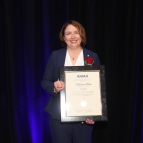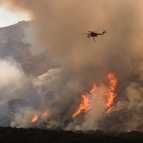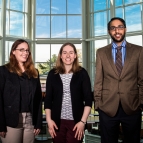Air Vehicle Survivability Evaluation

Staff working on the Air Vehicle Survivability Evaluation (AVSE) program assess the vulnerabilities of U.S. Air Force (USAF) air vehicles and U.S. space assets to current and potential future threats. The program relies on testing and detailed modeling to develop a strong understanding of the technologies relevant to the USAF. We use knowledge acquired from these activities to assist senior USAF and government leadership in making decisions about acquiring new technologies, to guide USAF technology development programs, and to answer concerns within the USAF operational community.
For the AVSE program, our researchers have developed a significant testing infrastructure that supports flight-, ground-, and laboratory-testing, detailed simulations, and operational analyses. For in-flight testing, we utilize the Airborne Seeker Test Bed and Airborne Countermeasures Test System, which captive-carry infrared and RF instrumentation sensors and missile seekers. We also developed a suite of surveillance and target-acquisition radar systems used in ground-based analyses. Our systems analyses, grounded in tests, have allowed us to provide rigorous, important assessments in the areas of RF surveillance and fire control; electronic attack and electronic protection; GPS; intelligence, surveillance, and reconnaissance; and infrared and airborne systems for the past 40 years.



